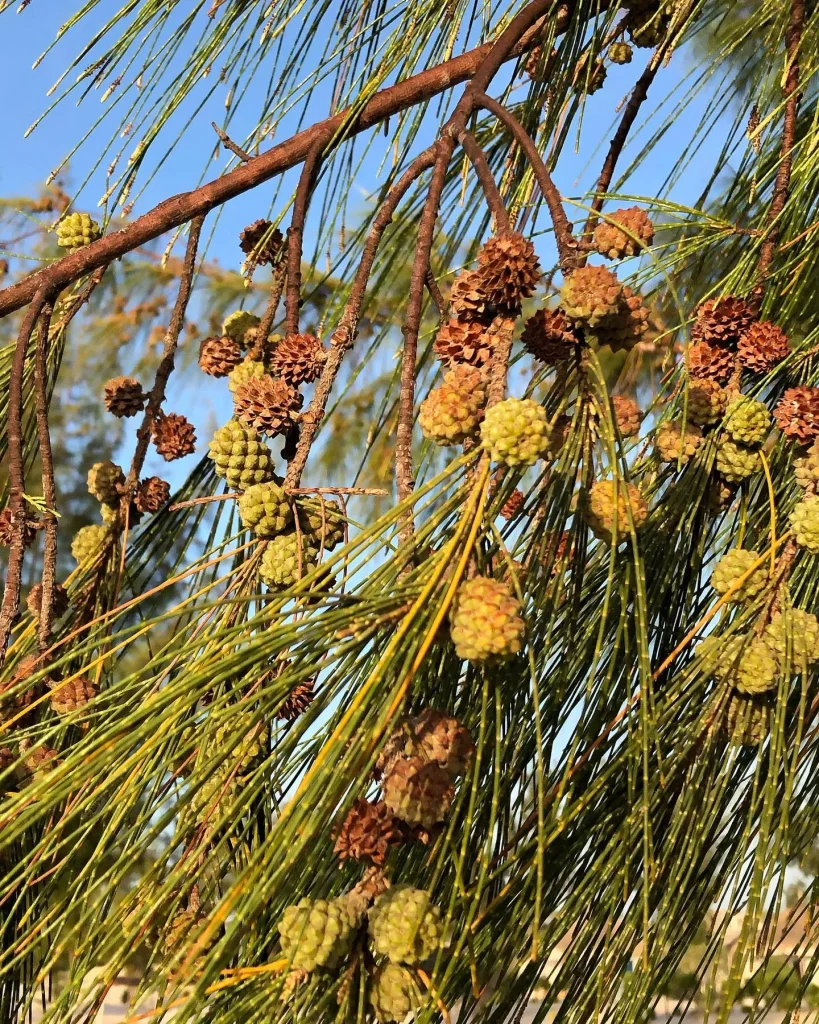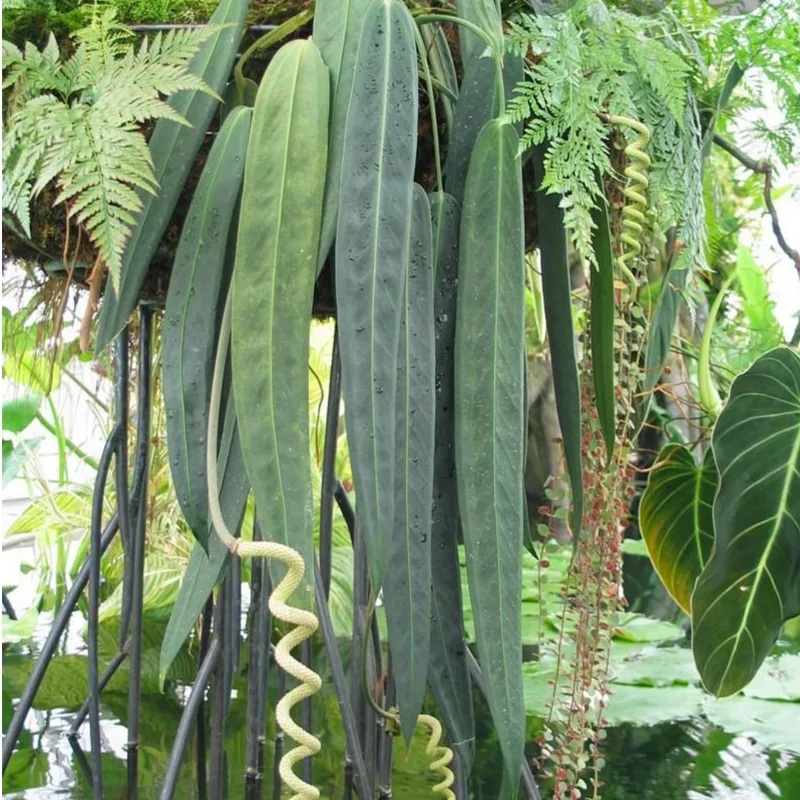Nerium: A Beautiful Enigma
My name is Ferb Vu, and I’ve always been drawn to the captivating allure of the Nerium genus from the Apocynaceae family. This group of evergreen shrubs, commonly known as oleander, boasts a striking beauty that belies a hidden danger. With their delicate, vibrant flowers and lush foliage, they effortlessly enhance the landscape, yet every part of these plants harbors potent toxins. This fascinating duality has fueled my curiosity and led me to explore the world of Nerium in greater depth.
A Diverse yet Singular Genus
Though the name Nerium might not be immediately familiar, its sole representative, Nerium oleander, is a ubiquitous sight in gardens and parks across the globe. Native to the Mediterranean region and parts of Asia, this resilient shrub has adapted to a wide range of climates, thriving in both temperate and subtropical environments.
While Nerium oleander is the only currently recognized species within the genus, it exhibits remarkable diversity in its appearance. Cultivars showcase a stunning array of flower colors, from pure white and soft pastels to vibrant yellows, deep reds, and rich purples. The form of the flowers can also vary, with some cultivars exhibiting single rows of petals while others boast double or even triple rows, creating a ruffled, almost carnation-like effect.
A Toxic Beauty
Despite its ornamental appeal, Nerium oleander is notoriously poisonous. Every part of the plant, from the roots to the flowers, contains potent cardiac glycosides, primarily oleandrin and neriine. These toxins disrupt the heart’s rhythm, potentially leading to serious health complications and even death if ingested.
This toxicity has earned Nerium oleander a somewhat sinister reputation, and rightly so. Even smoke from burning oleander can be harmful, and honey made from its nectar can cause poisoning. However, it’s important to remember that the plant’s toxicity serves as a defense mechanism, protecting it from herbivores. As long as proper precautions are taken, Nerium oleander can be safely admired and enjoyed in gardens and landscapes.
A Symbol of Resilience and Adaptation
Beyond its beauty and toxicity, Nerium oleander holds a deeper significance for me. Its ability to thrive in diverse environments, from arid deserts to humid coastal regions, speaks to its remarkable resilience and adaptability. This hardiness has allowed it to become naturalized in many parts of the world, where it often graces roadsides and abandoned areas with its vibrant blooms.
In a way, Nerium oleander mirrors the human spirit, capable of enduring challenging circumstances and flourishing even in adversity. Its presence serves as a reminder of our own inner strength and our ability to adapt and overcome obstacles.
A Source of Inspiration
My fascination with Nerium has extended beyond its botanical characteristics. The plant’s contrasting nature, both beautiful and dangerous, has inspired me creatively. I’ve found myself drawn to its symbolism in literature and art, where it often represents themes of duality, resilience, and the delicate balance between life and death.
Whether I’m admiring its vibrant blooms in a garden or contemplating its deeper meaning in a work of art, Nerium continues to captivate and inspire me. It’s a reminder that beauty can be found in unexpected places and that even the most dangerous things can possess a unique allure.
If i die, water my plants!



